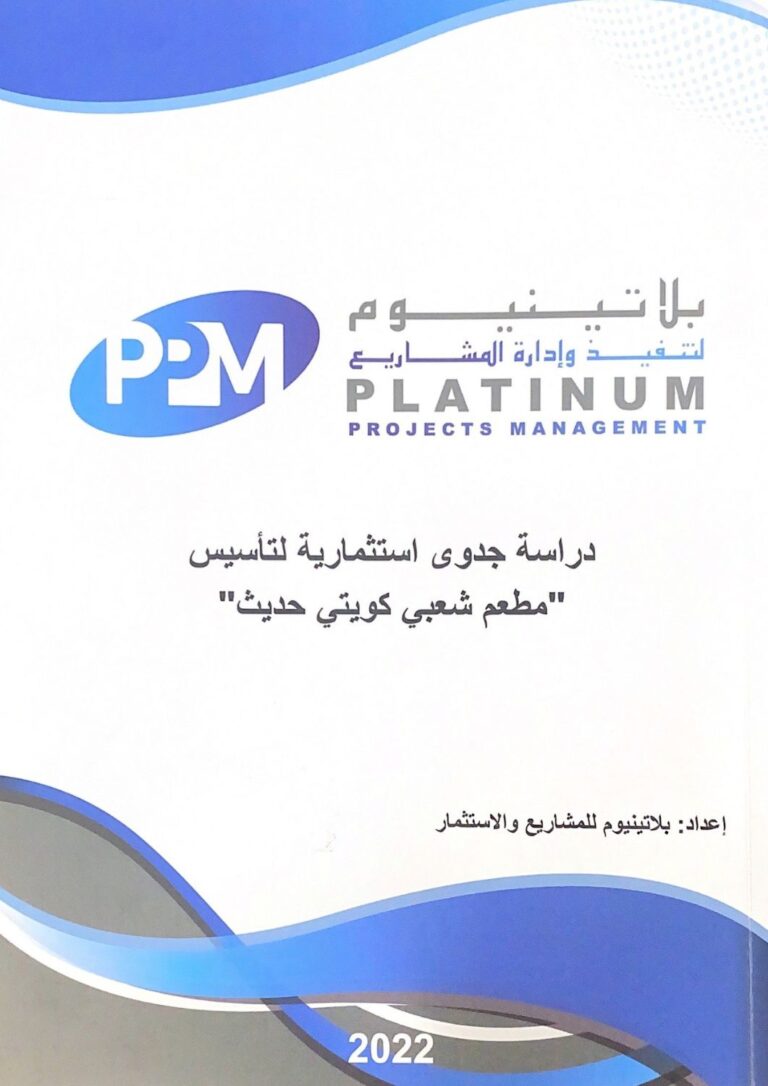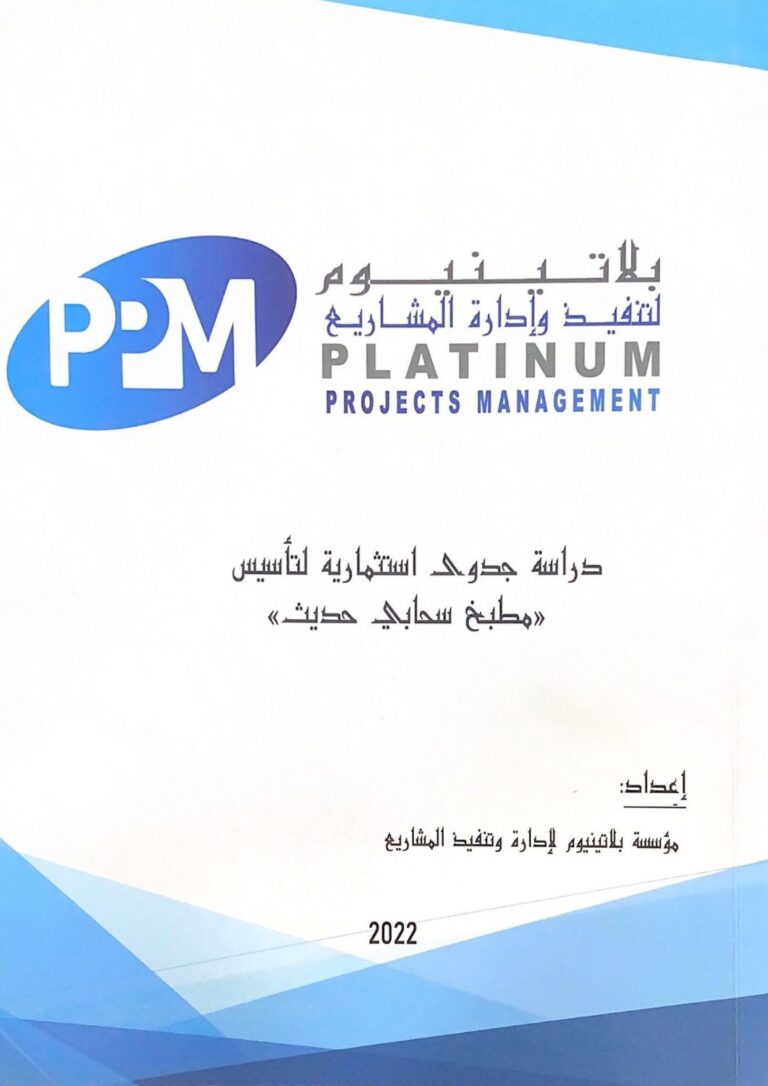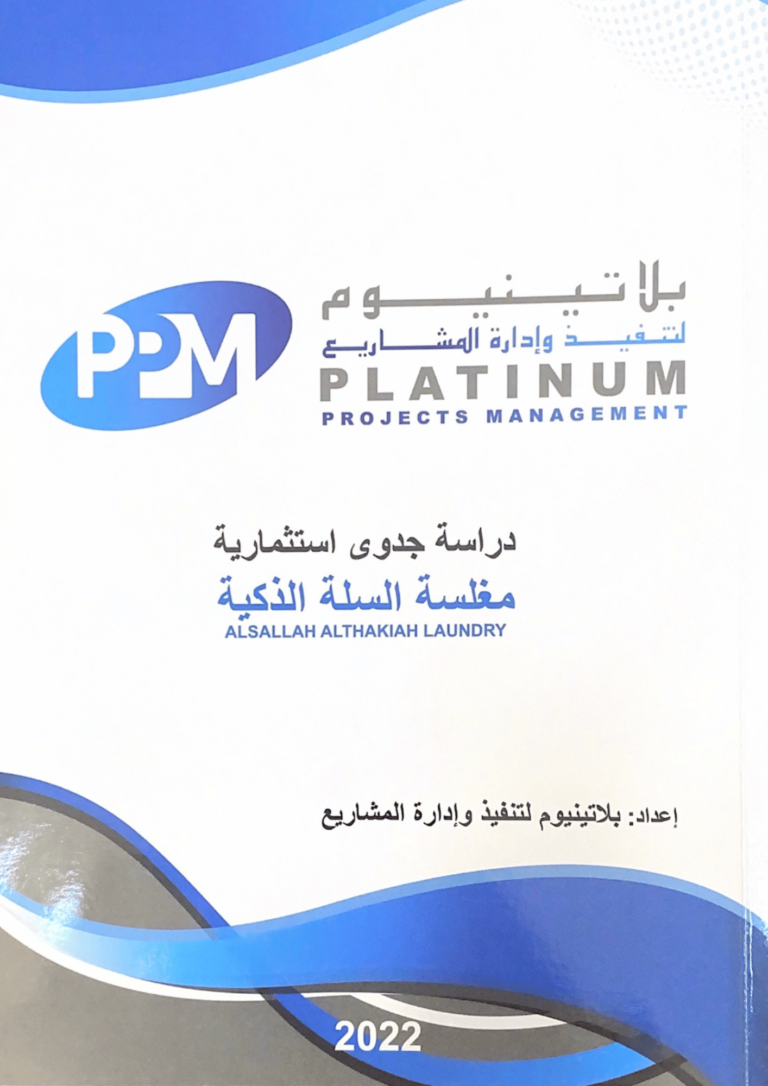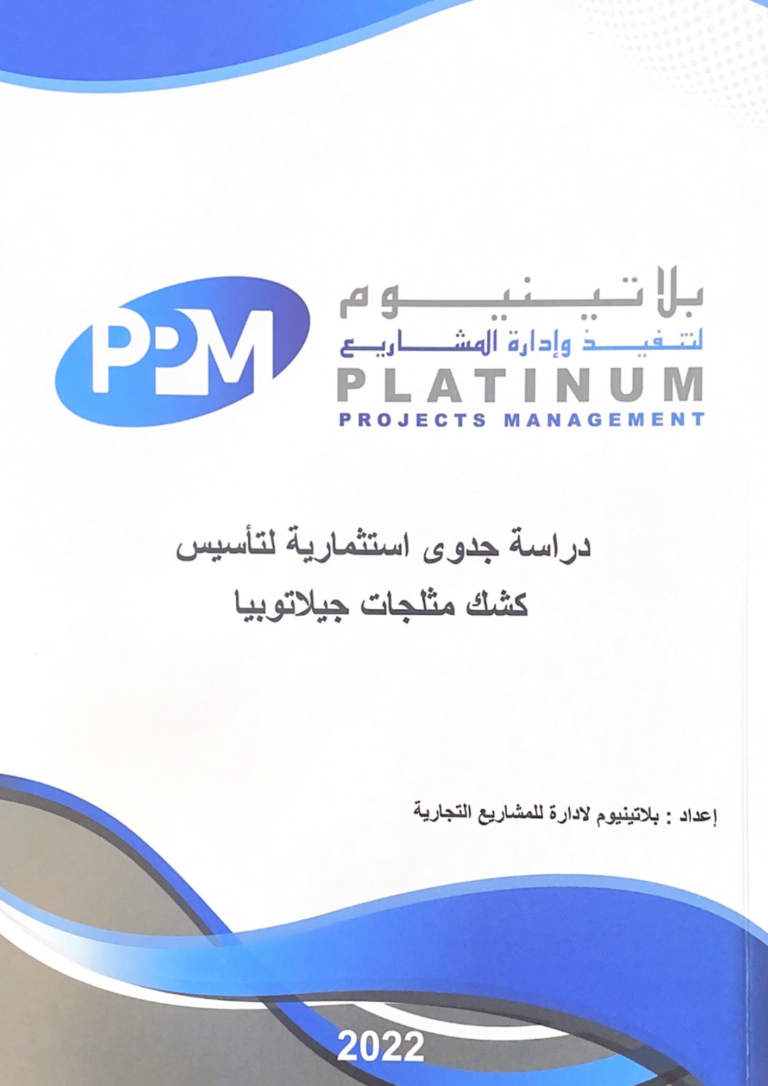The contents of the detailed feasibility study
The feasibility study of the project is not limited to estimates of the expected costs and revenues of the project and some numbers from here or there, copying and pasting operations and several tables within a specific template as is common in the market. This due to the absence of investment culture in general and the lack of the culture of the professional feasibility study and its importance. The ignorance in this field leaves an impression on the public that the feasibility study is a simple process “and application of a transaction” and anyone who masters the numbers game can do it, which in turn leads to distorting the concept of the study and underestimating its value and importance. Whereas, the professional feasibility study based on sound scientific foundations is a set of successive and interconnected studies in a logical sequence so that changing any number in the study necessarily requires changing all its numbers, calculations and results. These interrelated steps ultimately produce an objective assessment of the project’s feasibility and feasibility.
The professional methodological study includes the following steps:
1. The executive summary of the study: It includes the findings of the study in each of its stages, as well as the financial indicators and their interpretations.
2. Introduction: which includes a description of the nature of the project, its activities, the justifications for its establishment, the hypotheses on which the study is based, the investor’s information, and the data sources that were relied upon to complete all the study items and stages.
3. Pre-Feasibility Study: it is a sounding process carried out by the company studying the project. This step is done before starting the detailed study in order to determine the obstacles that may hinder the implementation of the project, .This includes the following points: the extent to which the project is compatible with government plans, the possibility of benefiting from the facilities, the availability of the project’s infrastructure, sources of raw materials and production requirements. Including qualified workers, credit facilities, tax policies and their effects on the project, available funding sources, with an initial idea of the extent of market response to the project idea, initial costs, and an idea of potential returns. Which ultimately shows the need to pursue a detailed study, or to ignore the idea and search for another investment alternative.
4. Detailed Feasibility Study
1.4. Organizational and legal study of the project: It includes the legal form of the project, the organizational structure appropriate to the nature of the project, the distribution of tasks and responsibilities, and job descriptions.
2.4. Studying and analyzing the market in all its aspects to determine the extent of the market’s need for the project’s product, based on secondary and primary data obtained using field research methods by the study company.
1.2.4. Market description and identification of the target market for the project
2.2.4. Analysis of supply and demand for the product and the factors affecting each of them and the impact of each of them on the project, including the analysis of competitors.
4.2.3. Analysis of the project environment: the internal environment (identifying strengths and weaknesses and analyzing them) and the external environment of the project (identifying and analyzing opportunities that must be seized for the benefit of the project, threats and ways to avoid them)
4.2.4. Determine the appropriate promotion and pricing policies for project activity.
5.2.4. Market segmentation and marketing mix definition “4 Ps”
6.2.4. The current market and the expected market and estimate the market gap and the market share of the project.
4.3. The technical study of the project includes:
1.3.4 Studying the project site and its suitability for the activity and the considerations on which the site was chosen.
2.3.4. Description of the product and determining its specifications, mechanisms and methods of manufacturing, packaging and storage
3.3.4. Description of means of production and production capacities and their consumption of energy sources
4.3.4. Planning and organizing the production process within the project and the methods of organization used according to the nature of the project and determining the production technology that will be used in the operation of the project.
5.3.4. Estimating all project costs from fixed assets that are paid during the establishment period and the accompanying incorporation expenses, and estimating all annual operating expenses estimated for the life of the project and for a period of not less than 5 future years based on the reading of macroeconomic variables and expected levels of inflation.
4.4. The financial study of the project, including:
1.4.4. Estimating the project’s annual revenues and a time horizon for at least the next 5 years
2.4.4. Estimating the annual depreciation of fixed assets.
3.4.4. Estimate the working capital needed for the first operating cycle.
4.4.4. Estimating the total project costs “investment capital”
5.4.4. Determine the sources of funding, the “financing structure of the project”, and loan accounts, and pay their burdens – if any.
6.4.4. Estimating the cost of each source of financing, and then calculating the weighted average cost of capital, which will be used in determining the feasibility of the project in the feasibility testing stage.
7.4.4. Preparing the income statement for the life of the project and for a period of not less than 5 years to reach the expected net profit annually.
8.4.4. Preparing a list of cash inflows and outflows to reach the estimated net cash flow for the life of the project, which will be relied upon in the project feasibility analysis.
5.4. Testing the commercial and financial feasibility of the project using “traditional” accounting standards and economic standards that take into account the time value of money
1.5.4. Accounting indicators
1.1.5.4. The simple rate of return on capital, ARR
2.2.5.4. PBP Payback Period
2.5.4. Economic Indicators “Discounted Cash Flow”
1.2.5.4. NPV net present value
2.2.5.4. Profitability index PI
3.2.5.4. Internal rate of return IRR
6.4. Potential Risk Analysis: Studying the project in cases of uncertainty
1.6.4. Sensitivity Analysis: “What If Test?” To find out the sensitivity of the project to any risks that may occur during and after implementation, assuming several optimistic and pessimistic scenarios, and re-evaluating the project’s sensitivity to potential risks.
2.6.4. Break-even analysis: to find out the amount and value of sales in which revenues are equal to expenses.
7.4. Final Report: It includes the results of the study and the final recommendation.








